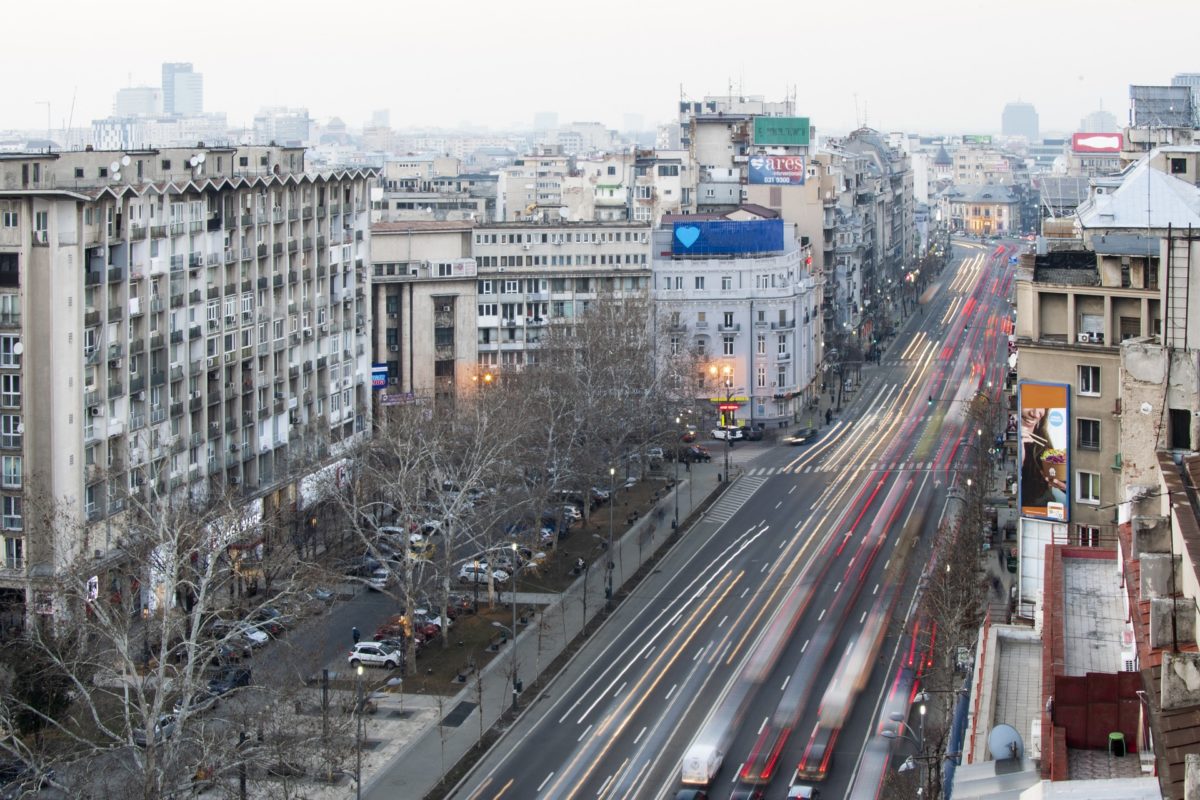The Romanian government has adopted an emergency ordinance to enact the provisions of EU Directive 2018/2001, which provides a legal framework for the use of energy from renewable sources. It also sets an EU-level binding target to make renewables account for at least 32% of the electricity mix by 2030.
“The deadline for implementing such a directive was July 2021,” Mihaela Nyerges, a partner at law firm Vlăsceanu, Nyerges & Partners, told pv magazine. “Through these reasoned opinions, the commission granted such member states a two-month term to comply with the transposition obligation or else it may initiate the infringement process. Against such background, this emergency ordinance has not been published yet in the official gazette so it is not yet in force, but such should occur during the next days. The new legal enactment provides new important rules regarding prosumers.”
The new provisions will simplify the grid-connection process for renewable projects below 10.8 kW in size.
“Within six months from the entry into force of the emergency ordinance, the Romanian Energy Regulatory Authority must adopt a simple notification procedure for ensuring the connection to the grid of prosumers’ installations,” Nyerges said. “Such a procedure should allow the distribution grid operator the right to reject the connection or to propose an alternative connection point within 15 days from such notification, based on grounded reasons related to the safety or technical incompatibility with the system.”
Nyerges said the Ministry of Energy recently defended the possibility of introducing a tax for prosumers. “The possibility to impose such taxes is to occur toward the end of 2026 and entails the fulfillment of multiple requirements,” she said.
Romania launched a net metering scheme for distributed solar in 2018. Earlier this year, it raised the size limit for solar installations under the scheme to 400 kW.
This content is protected by copyright and may not be reused. If you want to cooperate with us and would like to reuse some of our content, please contact: editors@pv-magazine.com.




“The new provisions will simplify the grid-connection process for renewable projects below 10.8 kW in size.”… so mostly roof-top PV. & probably residential stuff.
“Such a procedure should allow the distribution grid operator the right to reject the connection or to propose an alternative connection point within 15 days from such notification, based on grounded reasons related to the safety or technical incompatibility with the system.”
But if the application is from a household – there will not be “an alternative connection point” – it will be, given the very poor state of the Romanian disnet – a rejection. Of course, if the DNO put e.g. an electrolyser+batt combo into the LV network – it could easily absorb surplus elec. But DNOs don’t think like that – they are, at best binary yes/no creatures & the legislative changes allow them to continue in that manner.
There was no net metering scheme in 2018. Prosumers could only sell energy at a yearly fixed price until net metering started in may 2022. Net metering will last until the end of 2033.